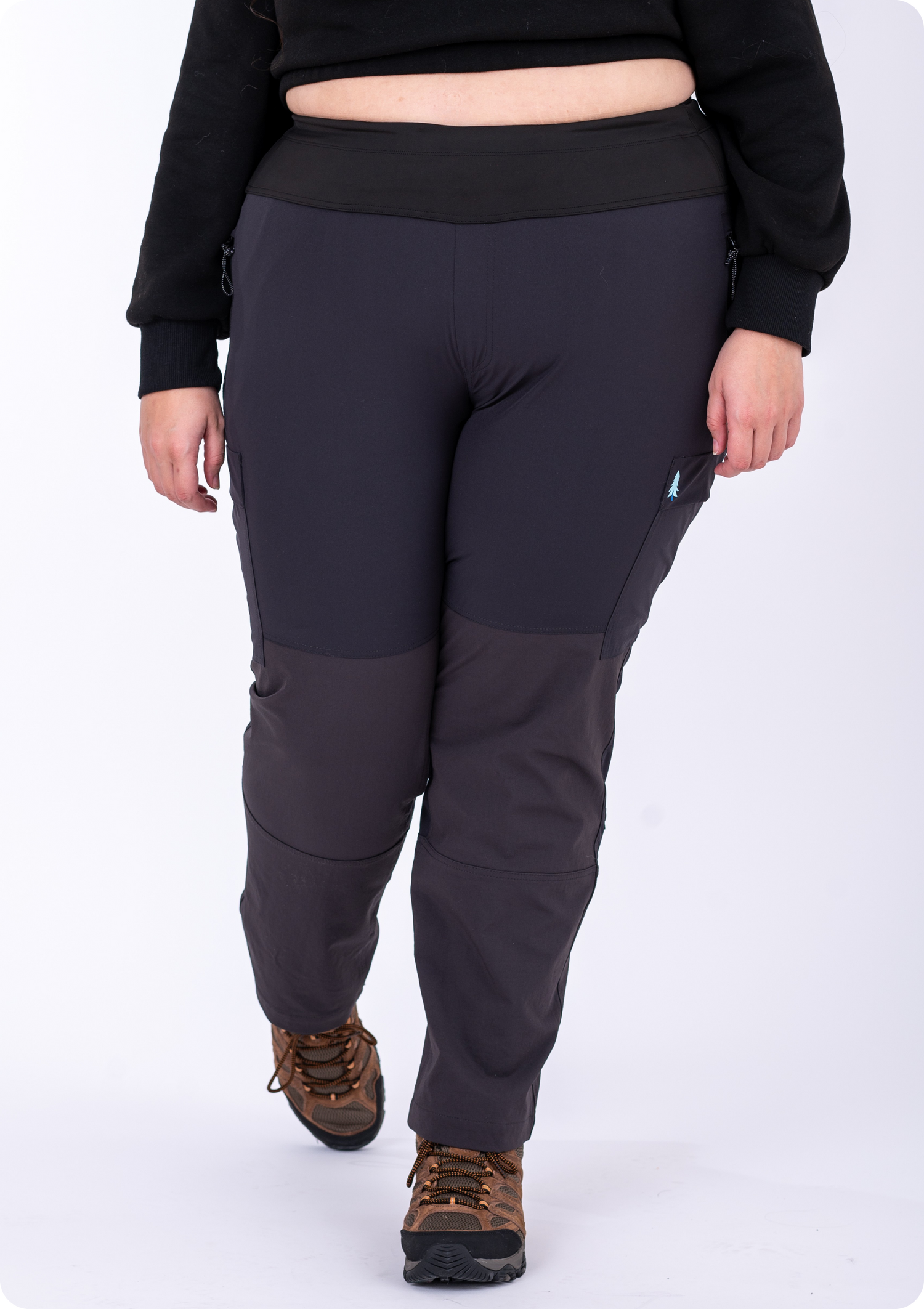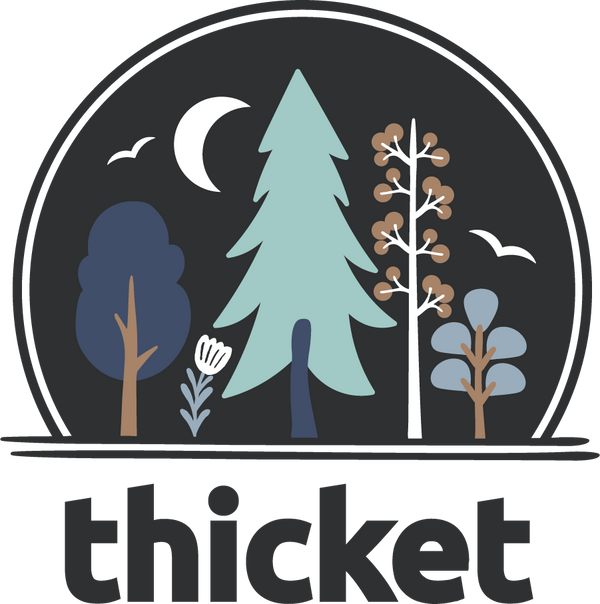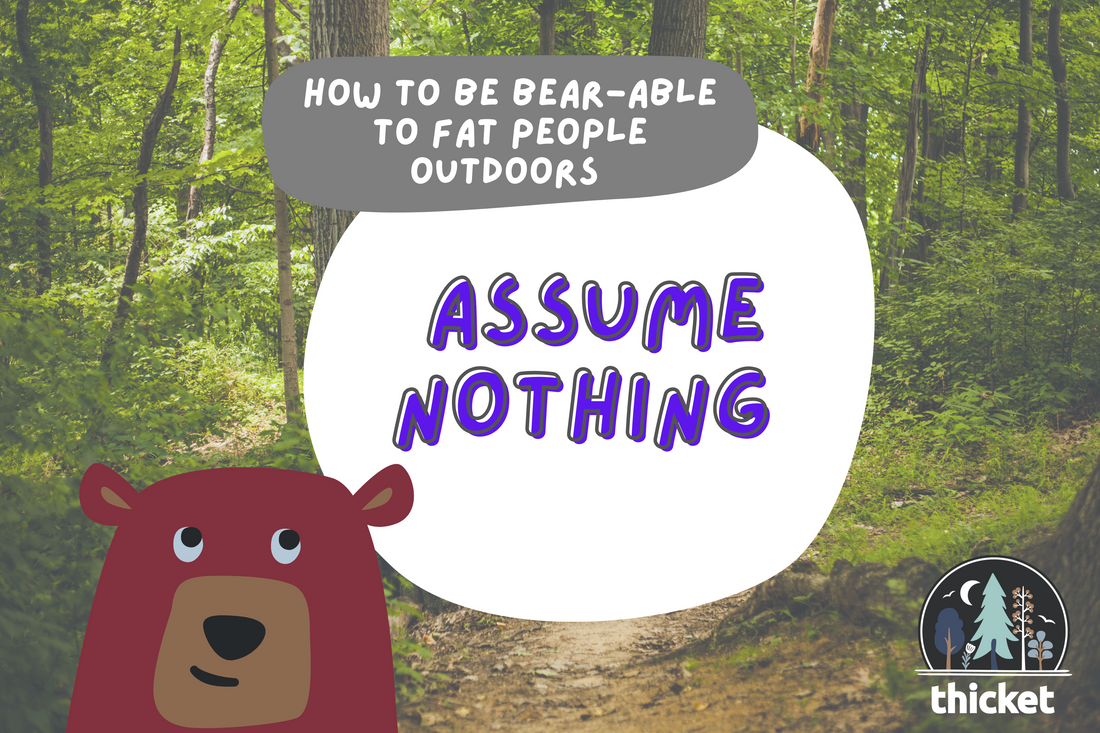I am a cis-gendered straight white fat woman in my 40s. I was raised in rural Northern California. I spent a lot of my youth participating in the low-cost activities that the outdoors had to offer– hiking, camping, swimming in lakes and rivers. When I hiked, I wore the same chuck taylors and Jansport backpack that I wore to school everyday. Our camping gear growing up was purchased from K-Mart. I didn’t even know what an REI was until I was in college. When we were replacing any decade old camping gear or I was buying shoes, I was seeing people that looked like me and my family in the stores. The “outdoorsy” people I knew threw all their camping gear in the back of an old pickup truck, they were not organizing it carefully into yakamas on subaru outbacks. Primitive campgrounds in Northern California were filled with generations of family members–old, young, fat, thin, able bodied, with disabilities, teeth, no teeth etc. If you didn’t have a specialized piece of gear, clothing, or equipment you just made do. I didn’t grow up thinking the outdoors were not for me because I didn’t have access or knowledge to the elite and exclusive world of the outdoor retailer industry.
Outdoor Gear Stores
I was thrilled when I did learn about specialized outdoor stores, gear, and apparel. What a difference it would make to be able to enjoy the outdoors even more with gear and apparel that would keep me safe and comfortable outdoors. Waterproof shoes with tread made for scrambling. A sleeping bag warm enough so that I wouldn’t wake up with my teeth chattering. A 65 liter backpack with an internal frame that I could use to go backpacking. And all of those clothes. I was going to be dry, warm, cool, and I was going to look so awesome!
Unfortunately, other than shoes and hard-gear, the outdoor retail industry has completely let me down over the past 20 years. If you are reading this and you are in a plus-size body, chances are it has let you down as well.
Progress
There is progress being made. LL Bean and Columbia have been carrying up to 3x for years.
Outdoor Retailers like REI and Moosejaw* are hosting accelerator programs for new entrepreneurs to encourage more diversity (including size) in the outdoor industry.
Some brands that have been historically anti-fat are standing behind their new or renewed extended-size marketing. However, in many ways these extended-sizes are making plus-size bodies feel even more excluded in the Outdoor Retail space.
- Most of the extended-sizes are going to size 2x/3x (22/24) however there is a very large market of plus-size adventurers (myself included) who wear above those sizes.
- Many of these extended sizes products are not made with plus-size bodies in mind and without using plus-size clothing grading. This means that you see a size 22 and you are stoked about it, but then you can’t get it above your thighs.
The Beauty of Marketing
Another challenge in getting more plus-size options in the Outdoor Retail space is that retailers are having a difficult time moving the products. Having plus-size products available is simply not enough to activate this market.
-
Outdoor Retail stores are filled with employees who are straight sized.
- Many outdoor retail brands incentivize sales of products by giving employees discounts to those products. There is no incentive for a straight sized employee to sell a plus-size brand.
- Representation matters. Part of the shift in getting customers to know that the outdoor industry is being more size-inclusive is to actually see and interact with fat people in-person and online.
-
Layouts of many outdoor retail stores are cramped and apparel products specifically can be difficult to find.
- If you are not used to seeing plus-size products in a store since FOREVER, how are you supposed to know they exist?
- Anti-fat outdoorsy customers and employees are the worst. In these cramped spaces, it is inevitable that you will get in the way of some straight-sized carb-deprived Karen looking for a reason to emotionally abuse a fat person. Unless I know that there is a pair of size 24 pants in there that are going to be a perfect fit, I am staying far away from Karen.
-
Plus-size consumers have been so let down by promises of good fitting, properly sized, plus-size apparel and clothing that are hesitant–especially when shopping online. Shopping online is both a gift and a curse. One one hand, plus size folks have more options. On the other hand, things don’t fit more than they fit and that really sucks especially when you are planning for something like a backpacking trip where that items is going to make a big difference in the quality of your experience.
-
Where are the marketing dollars Outdoor Retail Stores to let us know you want us there? If 68% of the population is plus-size and plus-size consumers typically purchase 25% more than straight-sized consumers, then I should be greeted by a fat person at every REI, there should be body-inclusive events and activities at brick and mortar retail stores around the country, and instead of seeing Noom every time I look at my instagram, I should see plus-size outdoor apparel and gear options. Ask how Merrel is doing it? I get like 50 merrel ads a day and guess what, I own 9 pairs of merrel shoes.
Success Stories
A success story or two would to be look at Plus Snow and Kinsa. These are two outdoor retailers who specialize in plus-size bodies and they are getting the market share of plus-size customers because we know they will have plus-size products and they know how to market to us.
What Can Be Done
So what can other Outdoor Retailers do about this to ensure that plus-size outdoor gear and apparel is going to be a growing industry and that it will make your company more competitive with other outdoor retailers?
-
Ask yourself Outdoor Retailers, why aren’t you trying harder to grab an underserved market? Do you really believe fat bodies belong outdoors? If not, maybe do some reflection. Ask some fat outdoorsy people to be on your leadership and advisory teams. Weed out the good fitting plus-size apparel and gear products from those that are going to disappoint your plus-size consumers. Demand new products made for plus-size bodies from the big brands, not just extended size versions of their straight sizes.
-
From the local family owned mountain shop to the massive outdoor retail stores with those creepy taxidermied animals in them, don’t just get a few extended-sizes and bury them in your store, put signs in your windows, ads, email marketing, you tube ads, headlining that you carry plus-sizes. Be specific to the types of products and sizes.
-
Brick and Mortor Stores– Ask the plus-size brands that you carry to supply you with authentic plus-size mannequins and/or posters of real plus-size bodies wearing the products, not size 16 Jessica Rabbit looking bodies. Display these prominently by windows and doors so plus-size people who have walked on by stop.
-
Bigger companies put some $$$ into getting a segmented email list of plus-size consumers. One of the barriers that we at WNDR keep coming across is that big outdoor retailers as outdoor industry marketing firms is that plus-size people are a small percentage of the list. You have the resources.
-
Publicly acknowledge your company’s anti-fat bias. Let plus-size consumers know specifically where you have misstepped and how you are going to be better. Don’t make excuses. Invite fat people to be part of that plan. Then stick to that plan.
*Special Shoutout to Moosejaw
Summer 2023 Moosejaw Madness had our company in its accelerator program. We had/have access to so many folks in the outdoor retail industry as well as to the CEO and VP of Marketing of Moosejaw. We are very grateful for that experience and the learning and learning and opportunities it has and will continue to provide us with as we launch our first products in early 2024. CEO Eoin Comeford specifically really understood the market potential of the plus-size outdoor market as well as asked some really critical questions about how to truly make introducing plus-size outdoor apparel and gear products successful in the outdoor retailer industry.


